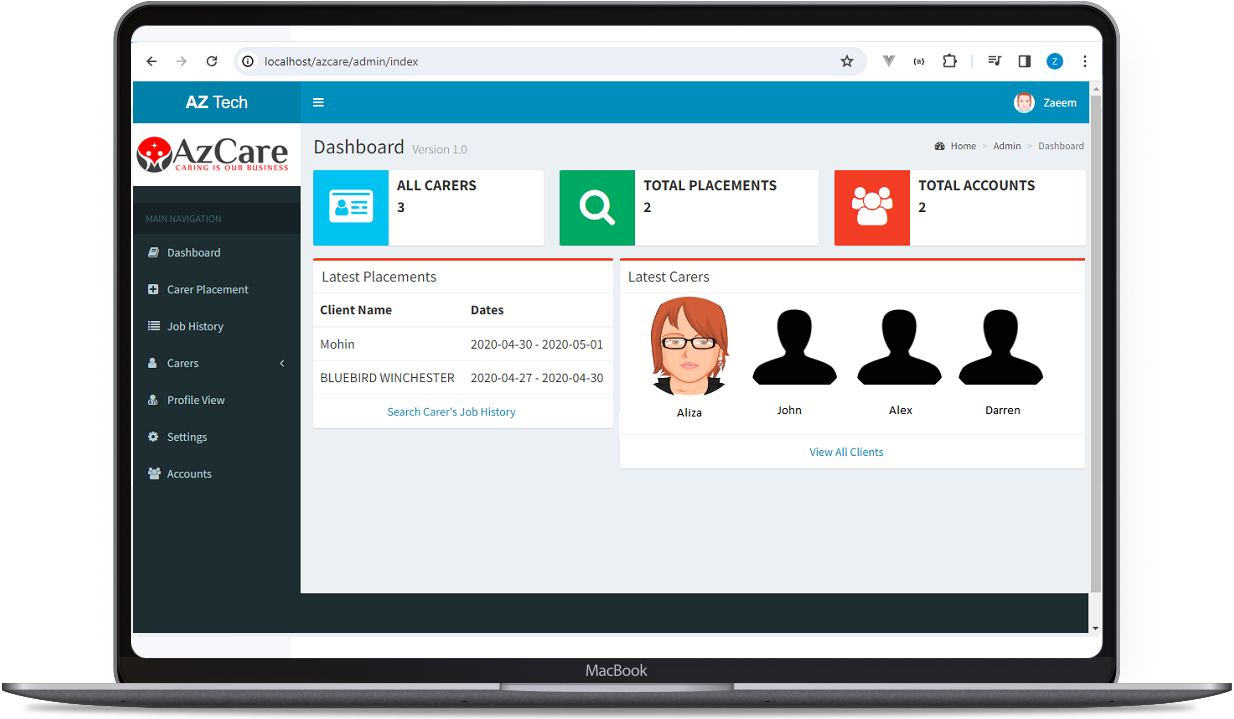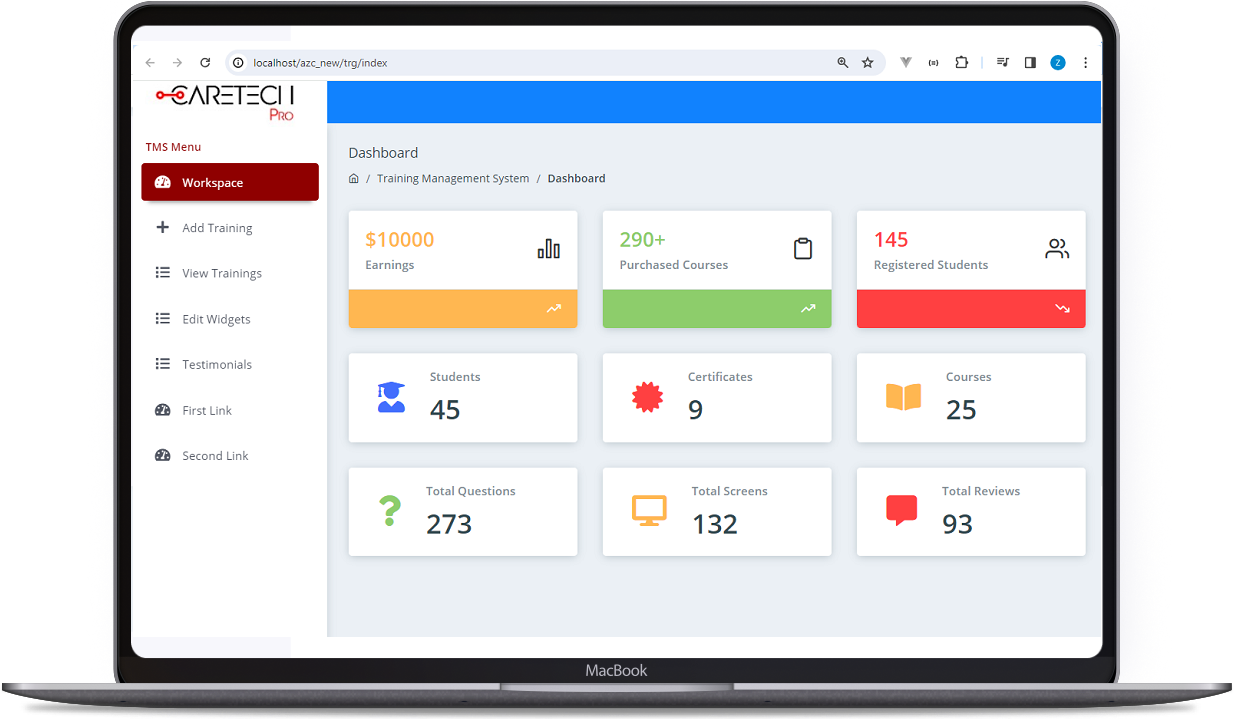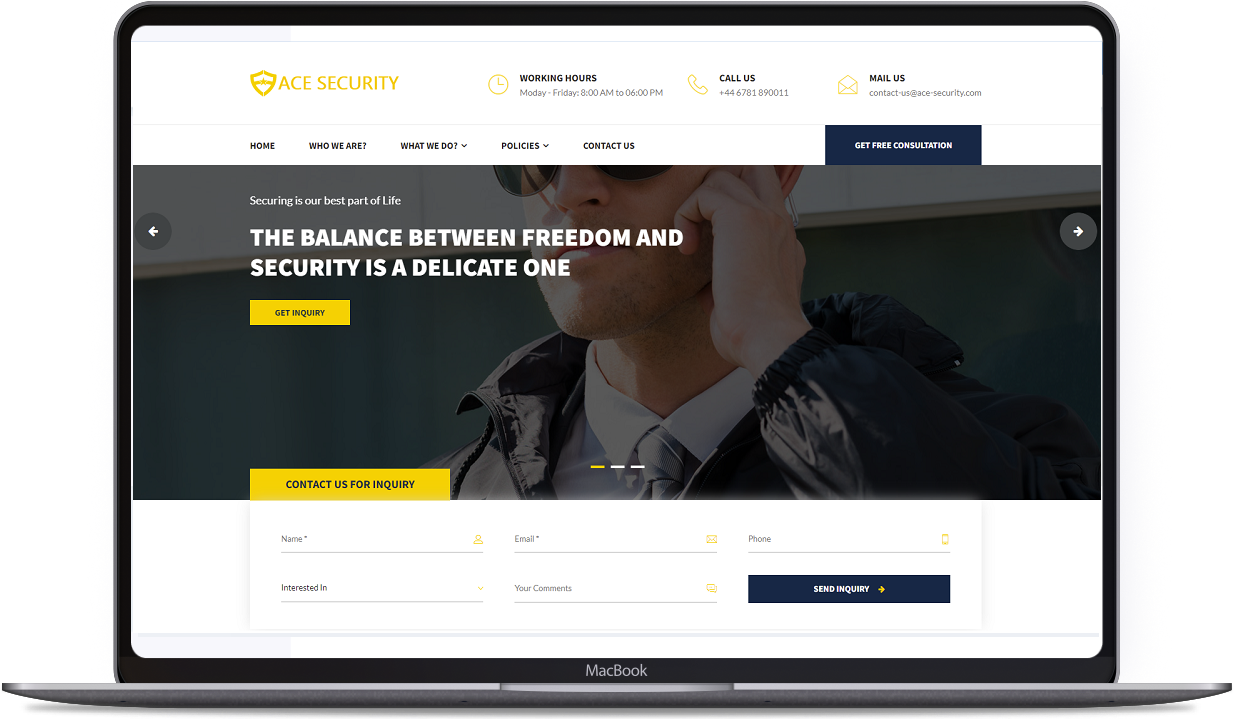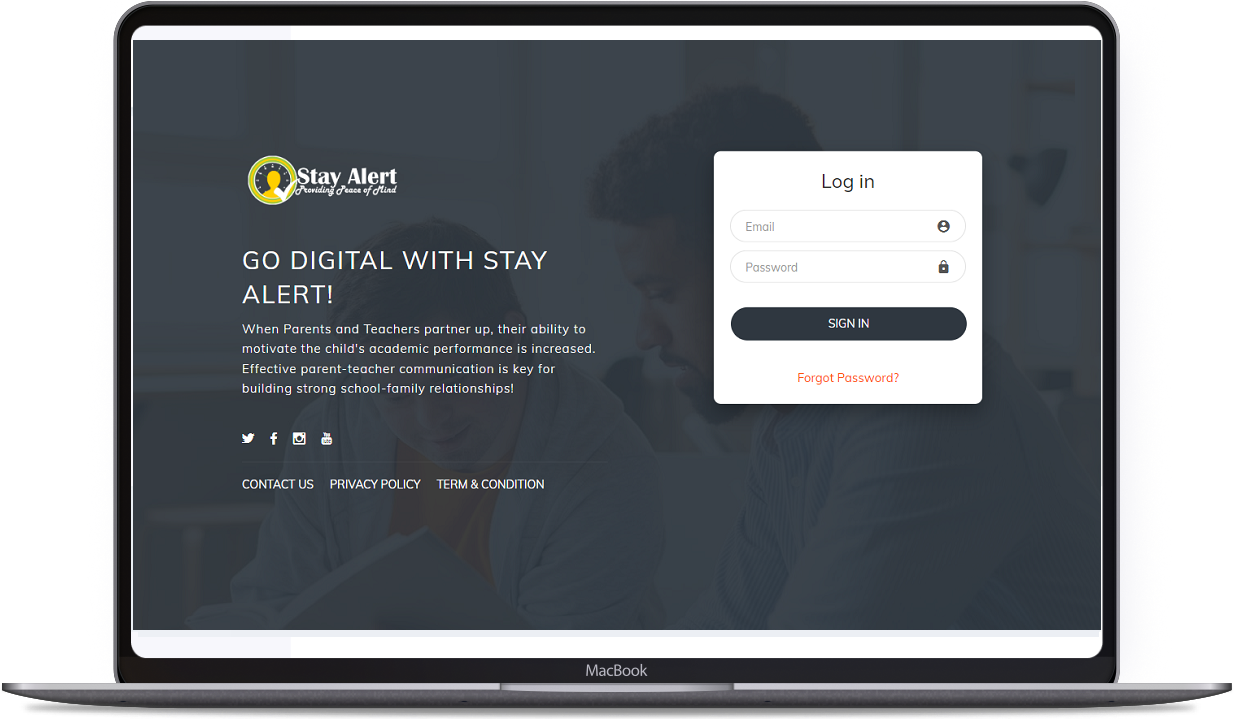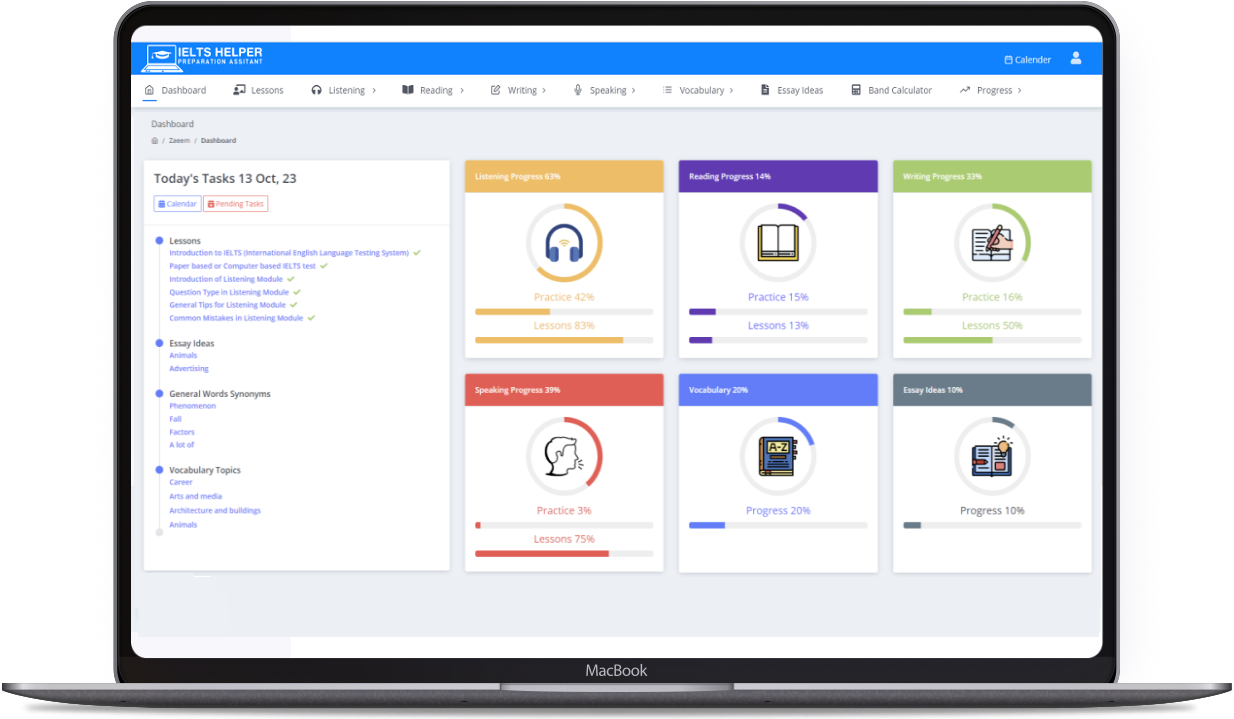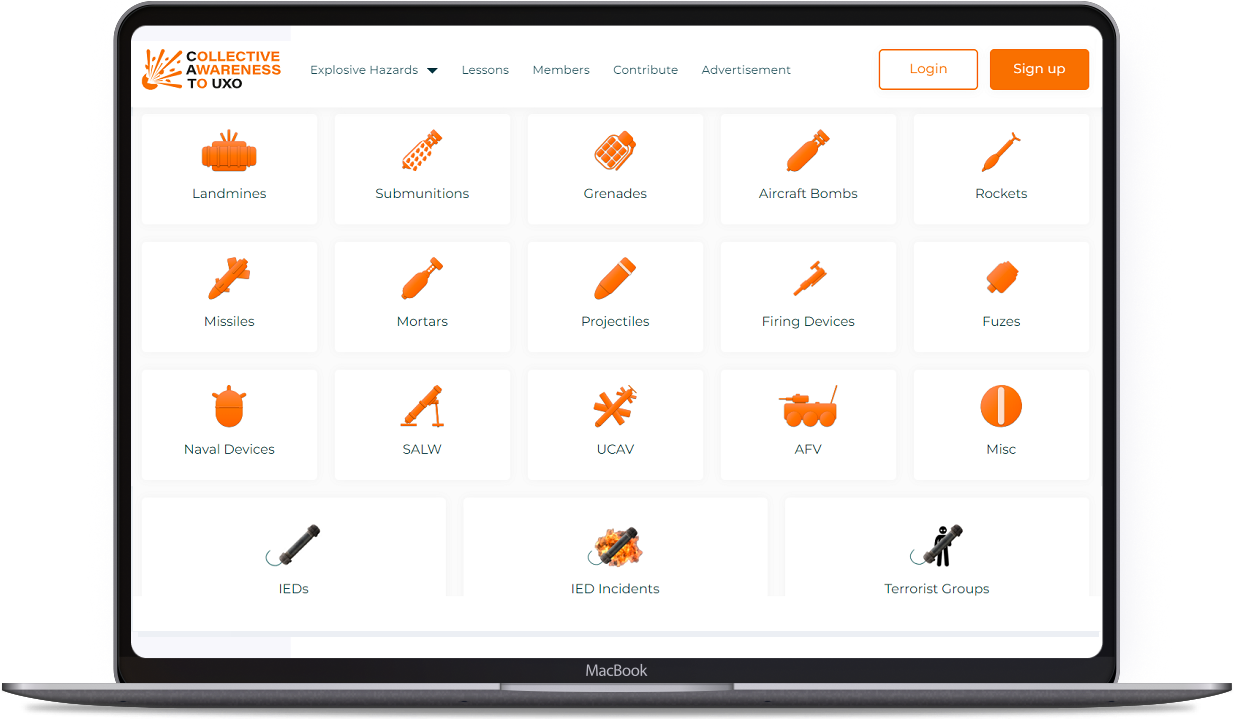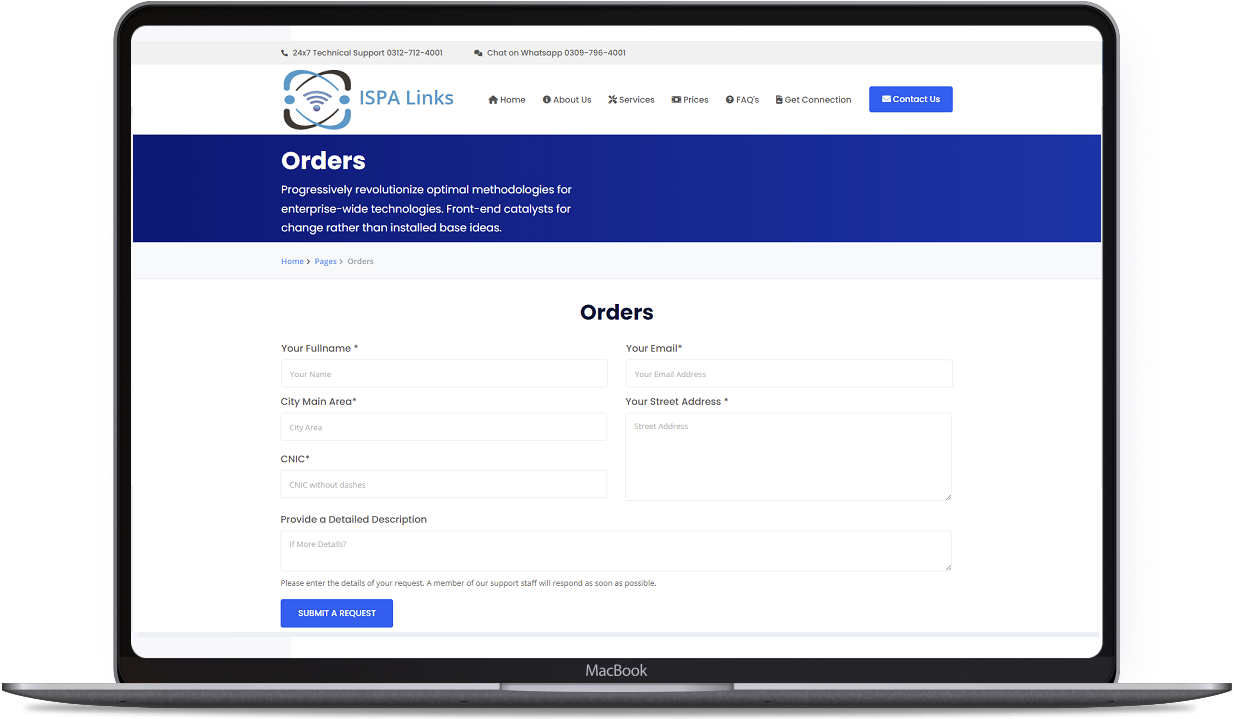Why a B2B Website Matters More Than Ever in 2025
In 2025, the digital landscape continues to evolve rapidly, and for B2B companies, a strong online presence is no longer optional — it’s mission-critical. B2B buyers today conduct extensive online research before initiating contact with sales teams, meaning your website often serves as the first and most impactful touchpoint. A well-designed B2B website not only establishes credibility but also functions as a powerful lead generation engine. From articulating your value proposition to enabling seamless conversion pathways, a high-performance website has become the backbone of modern B2B marketing strategies.
Additionally, as buyers demand personalized and frictionless digital experiences, companies must embrace responsive design, fast-loading interfaces, and SEO-focused content strategies. These factors contribute directly to improved search visibility, higher engagement, and ultimately, increased revenue. Partnering with a professional B2B website design agency ensures your site keeps up with user expectations and industry standards.
Key Elements of a High-Performing B2B Website
Professional Branding and Trust Signals
Establishing trust from the very first click is essential in B2B website design. High-resolution logos, consistent visual identity, authoritative messaging, and industry certifications all play a role in reinforcing credibility. Prospects need to feel confident that your company is not only legitimate but also capable of solving their unique business challenges.
Clear Navigation and UX Design
An intuitive user experience is critical when designing a B2B website. Your audience is busy, goal-oriented, and seeking information fast. Clear menus, logical page hierarchies, and frictionless navigation help users quickly locate the data they need. UX design best practices, like clickable CTAs, content chunking, and visual cues, guide visitors smoothly through their journey, increasing the chances of engagement and conversion.
Strategic CTAs and Conversion Paths
Effective calls-to-action (CTAs) drive conversions. Whether you're offering a downloadable whitepaper, booking a demo, or collecting email subscribers, CTAs must be contextually relevant, persuasive, and strategically placed. Successful B2B website design integrates these elements into tailored conversion paths aligned with different stages of the buyer's journey. This approach nurtures prospects without overwhelming them, maximizing lead quality and ROI.
Our Proven Process for Designing a B2B Website
Step 1: Discovery and Strategy
Every successful B2B website project starts with a deep understanding of your business goals, audience personas, and competitive landscape. In this phase, we collaborate with stakeholders to define the website’s objectives, core messaging, and key performance indicators. We also audit existing digital assets to identify gaps and opportunities for improvement.
Step 2: Brand Alignment and Visual Identity
This step ensures that your website reflects a cohesive and compelling brand identity. We translate your brand values into a visual system—typography, color palette, imagery style, and layout patterns—that supports both aesthetic appeal and user comprehension. The result is a digital brand presence that builds trust and stands out in competitive B2B sectors.
Step 3: UX/UI Design Wireframes
With strategy and branding in place, we move into wireframing. Wireframes are the blueprint of your site, outlining the structure and placement of key elements. This phase focuses on layout efficiency, user flows, and accessibility to ensure your website is user-friendly and conversion-focused from the ground up.
Step 4: SEO Foundation and Content Structure
To ensure your B2B website ranks competitively in search engines, we build it on a robust SEO foundation. This includes keyword research, semantic content structuring, meta tag optimization, and schema markup implementation. We organize content around clear topic clusters and align it with the buyer journey, ensuring your site meets user intent and Google's ranking criteria alike.
Step 5: Development and Responsive Build
Once the visual and structural elements are approved, our developers bring the design to life using modern, responsive frameworks. Whether it’s HubSpot CMS, WordPress, or a headless CMS solution, we prioritize clean code, high security, and mobile-first design. Every element is developed to function seamlessly across devices and browsers for maximum reach and usability.
Step 6: Quality Assurance and Testing
Before launch, we run rigorous quality assurance tests to catch and resolve any technical or performance issues. From page load speeds and form functionality to browser compatibility and mobile responsiveness, every component is tested to ensure a frictionless user experience. Our QA process also includes accessibility checks, ensuring your site complies with WCAG standards.
Step 7: Launch and Ongoing Optimization
Post-launch, we don’t just walk away. We monitor site performance, collect user behavior data, and make continuous improvements to enhance conversions and SEO. Ongoing optimization allows your site to evolve with your business and user needs. Our clients benefit from periodic UX audits, SEO refinements, and content strategy adjustments that keep their sites competitive and conversion-optimized over time.
Over 200 clients and 500 projects across the globe.
B2B Website Design Services We Offer
Website Redesign for Lead Generation
If your current website isn’t producing results, a strategic redesign can turn it into a high-converting asset. Our B2B website design agency focuses on data-driven redesigns that align user intent with conversion goals. We preserve what works, eliminate friction points, and implement a modern interface designed to increase engagement and qualified leads.
Complete Brand Overhaul
Outdated visuals and inconsistent messaging can erode trust. Our brand overhaul service aligns your website’s appearance and tone with your evolved brand identity. We help B2B businesses clarify their message, develop a strong value proposition, and communicate with a visual style that builds recognition and authority.
Website Migration Services
Moving to a new CMS or domain? Our migration service ensures a smooth transition without losing SEO value or disrupting user experience. From URL mapping and 301 redirects to content migration and technical auditing, we handle every detail. We specialize in HubSpot migrations but can assist with any modern CMS platform.
How to Design a B2B Website that Drives Growth
Aligning Content with Buyer Journeys
One of the core principles of effective B2B website design is aligning content with the buyer’s decision-making process. From awareness to consideration to decision, your site must offer relevant content tailored to each stage. That means using top-of-funnel blog articles, middle-funnel case studies or solution pages, and bottom-funnel CTAs like “Book a Demo” or “Request a Proposal.” When executed well, this strategic alignment guides users effortlessly toward conversion.
Leveraging SEO and Schema Markup
Search engine visibility is paramount to attracting the right audience. Effective B2B websites are built with SEO at their core — including optimized title tags, meta descriptions, internal linking, and structured data (schema markup) to enhance how your content appears in search results. By doing this, your business stands a better chance of ranking for high-intent, industry-specific keywords that generate qualified leads.
Mobile Optimization and Speed Performance
Today’s buyers browse on multiple devices — often starting on mobile before converting on desktop. Google’s mobile-first indexing means your site must perform flawlessly on smartphones and tablets. We focus on optimizing load times, using scalable graphics, and implementing responsive design frameworks. This ensures your website delivers a frictionless experience across all screen sizes, which improves SEO and user satisfaction alike.
Accessibility and Inclusivity Compliance
An inclusive digital experience is not only ethical but also smart business. Designing a B2B website with accessibility in mind ensures that all users — including those with visual, auditory, cognitive, or motor impairments — can engage with your content. We build to meet WCAG 2.1 standards, using proper semantic markup, color contrast best practices, alt text for images, and keyboard navigation support.
Creating Compelling B2B Content That Converts
Your content should speak directly to your audience's pain points and decision-making criteria. That means clear, benefit-driven copy, compelling headlines, and supporting visuals that work together to convey your value proposition. Case studies, expert insights, whitepapers, and solution-focused landing pages all contribute to creating a content ecosystem that drives engagement and conversions.
Using Analytics to Drive Continuous Improvement
A website should evolve with your business and audience behaviors. We implement robust analytics tools like Google Analytics 4 and Hotjar to track user interactions, identify drop-off points, and uncover optimization opportunities. This data-driven approach enables us to make iterative enhancements that improve performance over time, whether it’s adjusting page layouts, refining CTAs, or improving content clarity.

